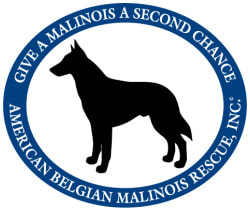One of the hardest things for some writers to figure out is “show, don’t tell.” I mean, we are technically telling a story. But, the reader doesn’t want us to tell the story; they want us to show them the story.
As a new writer, I heard “show, don’t tell” quite often. And it took me a while to figure it out. In fact, after reading several blogs and articles about showing, I finally figured it out in a dream. I won’t share the exact dream image that helped me figure it, but here are a couple other examples that might help.
The cow was skinny. This is telling.
The cow stood in a bare field, its hipbones and ribs visible under sagging skin. It’s not the greatest example, but the reader can see the cow and how skinny it is.
The man was hot. Telling.
The man pulled his wet shirt over his head. A sweat beaded on his forehead and ran down his back. Again, not the greatest example but again, it’s easy to see he is hot and sweaty.
She was angry. Telling.
She slammed the phone onto its holder then punched the wall. It's easy to see, she's upset.
A bonus is the added word count. Now, there are times when you do want to just tell some detail, and that’s cool. Just be aware and be intentional.
The cow was skinny. This is telling.
The cow stood in a bare field, its hipbones and ribs visible under sagging skin. It’s not the greatest example, but the reader can see the cow and how skinny it is.
The man was hot. Telling.
The man pulled his wet shirt over his head. A sweat beaded on his forehead and ran down his back. Again, not the greatest example but again, it’s easy to see he is hot and sweaty.
She was angry. Telling.
She slammed the phone onto its holder then punched the wall. It's easy to see, she's upset.
A bonus is the added word count. Now, there are times when you do want to just tell some detail, and that’s cool. Just be aware and be intentional.


